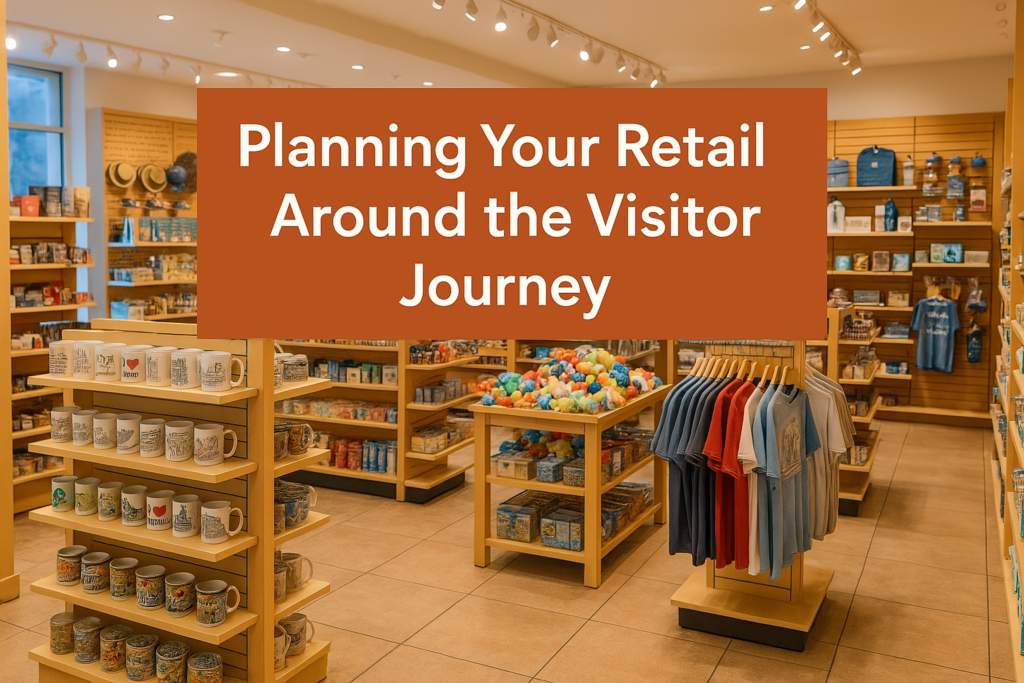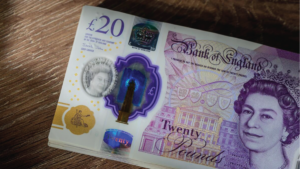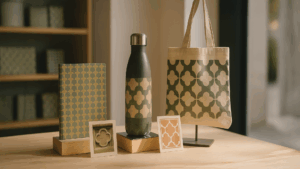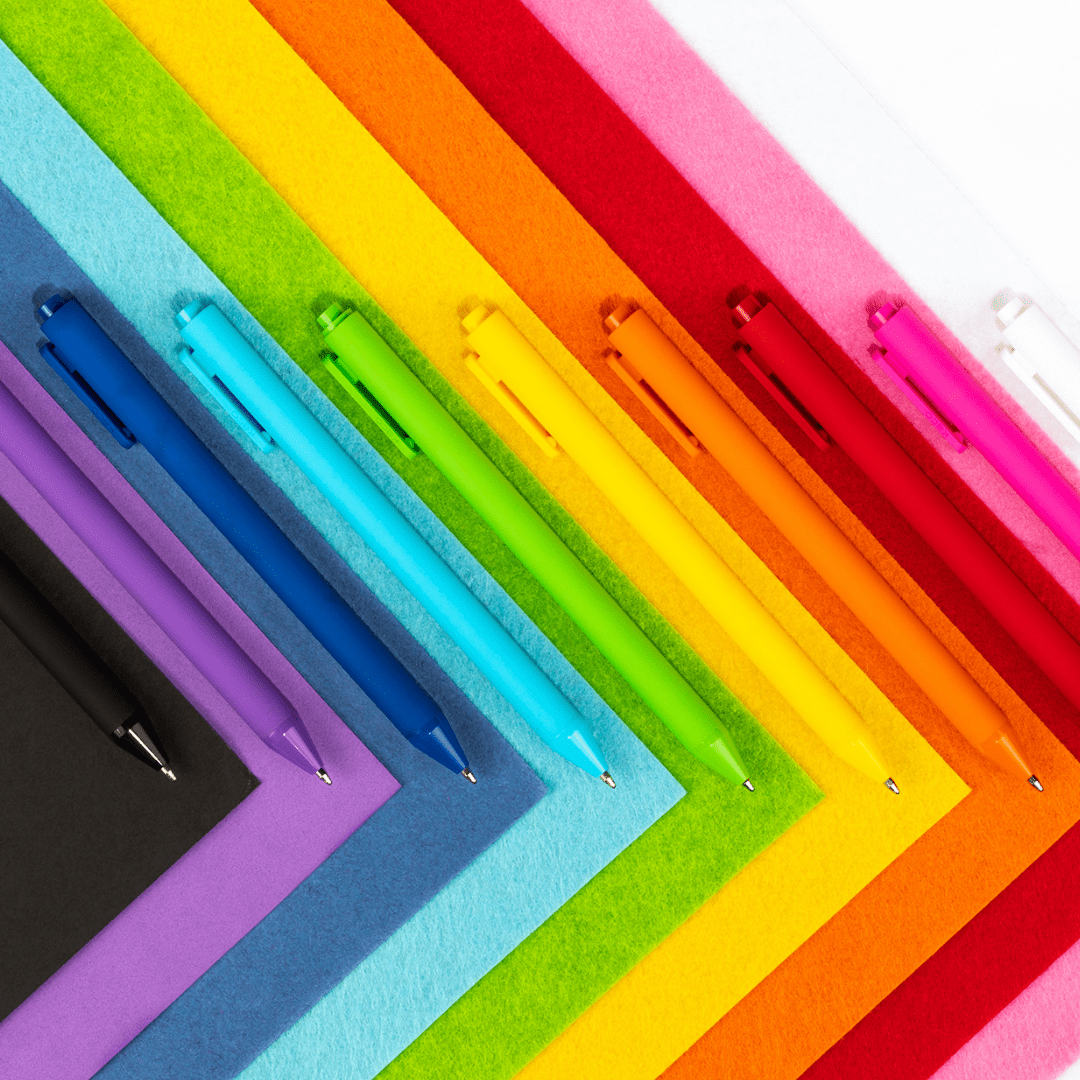In successful attraction retail, product choice is only half the story. Placement, what you stock and where plays a crucial role in shaping buying behaviour and increasing revenue.
By aligning your retail strategy with the natural flow of your visitor journey, you can prompt purchases at just the right moment without disrupting the experience. Here’s how to plan your shop layout and product positioning more strategically.
1. Start Strong: Entry Point Retail
Objective: Set the tone and spark curiosity without overwhelming your customers.
The first impression matters. At the entrance, visitors are just beginning their experience, so heavy sales tactics can feel intrusive. However, this is a perfect space for products that build excitement and anticipation.
Best for:
- Trail maps and activity packs
- Branded lanyards or sticker books for kids
- Lightweight, low-commitment items like postcards or pins
- Seasonal or event-led “What’s New” displays
2. Think in Chapters: Exhibition-Based Retail
Objective: Create contextual opportunities to buy during the visit.
If your venue includes galleries, themed rooms, or exhibitions, you have opportunities to embed retail naturally throughout. This keeps the shopping experience immersive and relevant, especially in slower, more reflective spaces.
Best for:
- Exhibition-specific merchandise (e.g., prints, books, artist collaborations)
- High-margin items with storytelling potential
- Print-on-demand personalisation stations
3. The Final Moment: Exit Retail and Gift Shops
Objective: Convert emotion into action.
This is your prime retail opportunity. Visitors have finished their experience, are emotionally engaged, and often looking for a way to take something home. The more considered this space, the better your results.
Best for:
- Core product range: mugs, totes, notebooks
- Exclusive or attraction-branded collections
- Gift items for others: box sets, toys, or homeware
- Value-add bundles (“3 for £10” style promotions)
💡 Tip: Group products by theme rather than type (e.g. “Family Favourites” or “Local Makers”) to encourage browsing across price points.
4. Secondary Touchpoints: Pop-Ups and Roaming Retail
Objective: Add agility and test new ideas.
Not all retail needs to live in a permanent shop. Pop-up units, mobile kiosks, and short-term seasonal setups allow you to meet visitors where they are, especially during events, holidays, or peak traffic periods.
Best for:
- Limited-edition merchandise
- Customisable print-on-demand items
- Event-specific clothing or accessories
- “Collect them all” capsule ranges
5. Don’t Forget Digital: Extending the Journey Online
Objective: Keep the conversation and the purchase going.
Physical placement isn’t just about shelves and displays. Many attractions are now extending their shop online, allowing visitors to browse after their visit or from anywhere in the world. You can set up an online print-on-demand website with our sister company, Merchr.
Best for:
- Print-on-demand collections with no stock risk
- Personalised items
- Gifts for visitors who didn’t buy onsite
- Exhibition extensions or seasonal edits
💻 Pro tip: Use QR codes in key locations to link back to the online shop. This is great for visitors who want to browse without carrying items during their visit.
Final Thought: Placement Is Part of the Experience
Where you position your products matters just as much as what you stock. By aligning your merchandising strategy with the rhythm of your visitor journey from arrival to exit, you make your shop feel like a seamless, enriching part of the experience.
Need help rethinking your layout or planning a new launch? Get in touch




